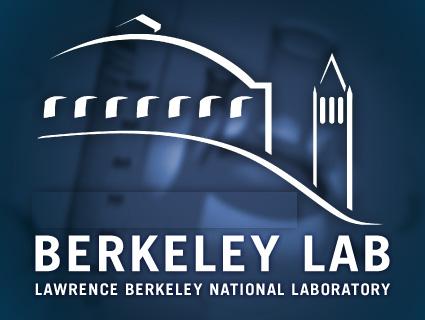The actinides are chemical elements in the bottom row of the periodic table. Uranium is the first actinide in the row. They have uses that range from medical and industrial applications to the generation of nuclear power. Unfortunately, the separation of a particular pure actinide from contaminants and other actinides has been difficult, time consuming and expensive.
Researchers at the U.S. Department of Energy’s Lawrence Berkeley National Laboratory have announced the development of a new actinide separation method that is enormously more efficient that current conventional separation methods. The new method will allow faster discovery of new elements, easier nuclear fuel reprocessing and a better way to radioisotopes for cancer treatment.
The research has been published in the Nature Communications journal under the title Ultra-Selective Ligand-Driven Separation of Strategic Actinides. Gauthier Deblonde, Abel Ricano, and Rebecca Abergel of Berkeley Lab's Chemical Sciences Division are the authors of the article. The authors said, “The proposed approach offers a paradigm change for the production of strategic elements.”
Rebecca Abergel is the lead of Berkeley Lab's Heavy Element Chemistry group. She said, "Our proposed process appears to be much more efficient than existing processes, involves fewer steps, and can be done in aqueous environments, and therefore does not require harsh chemicals. I think this is really important and will be useful for many applications.”
Berkeley Lab is one of only a few institutions around the globe which studies nuclear and chemical properties of the heaviest elements. Most of the actinides were actually discovered at Berkeley Lab. Abergel’s research group has publised important discoveries about berkelium and plutonium. They have also published research reports on treatments for radioactive contamination.
“Separation factor” is a technical term that measures how well a particular element can be separated from a mixture of elements. The new separation method achieves separation factors that many orders of magnitude higher than currently used methods. Abergel said, “The higher the separation factor, the fewer contaminants there are. Usually when you purify an element, you'll go through the cycle many times to reduce contaminants.” With a much higher separation factor, the process does not have to be repeated as many times and there is a big savings in solvents that are used. One process they tested was reduced from twenty five steps to two steps.
The first demonstration of the new separation method from Berkeley Lab was to produce purified actinium-225 which is an isotope that has shown great promise in radio-therpeutic applications. When actinium-225 is delivered to the turmors, cancer cells die but healthy cells are not affected.
DoE has an Isotope Program which is dedicated to the production of actinium-225 through the fleet of particle accelerators at the U.S. national laboratories. This new separation method may be a preferable alternative to the chemical separation processes that are currently being developed. Aberrgel said, “With any production process, you need to purify the final isotope. Our method could be used right after production, before distribution.”
Two other actinides, plutonium and berkelium, were purified in this study. Plutonium is created in nuclear power reactors as part of the fission product chains. In order to reuse the unburned uranium in the spent nuclear fuel, it is necessary to remove the plutoium. This new separation process could be a major step in developing a cheap and reliable separation method for the plutonium in spent nuclear fuel. Plutonium-238 can be used as a power source in thermal batteries for deep space missions such as the Mars rovers.
Berkelium is a very important isotope for scientific research. It can and has been used to discover new elements.
The new separation method relies on small molecules called synthetic ligands that very efficiently bind to metal atoms. They can be highly selective in binding to positive metal ions based on the size and charge of the ions.
Abergel says that the next stage of their research will involve using the new process to purify other medical radioisotopes. She said, “Based on what we've seen, this new method can really be generalized, as long as we have different charges on the metals we want to separate. Having a good purification process available could make everything easier in terms of post-production processing and availability.”tion for the ThorCon.
